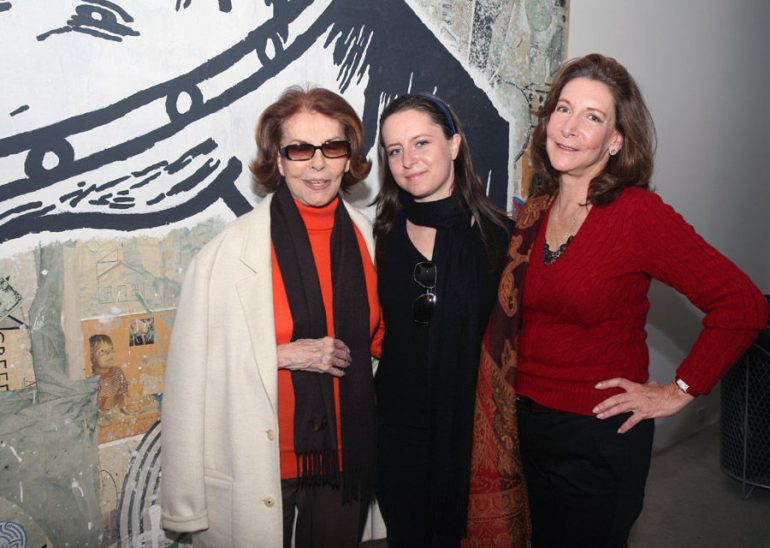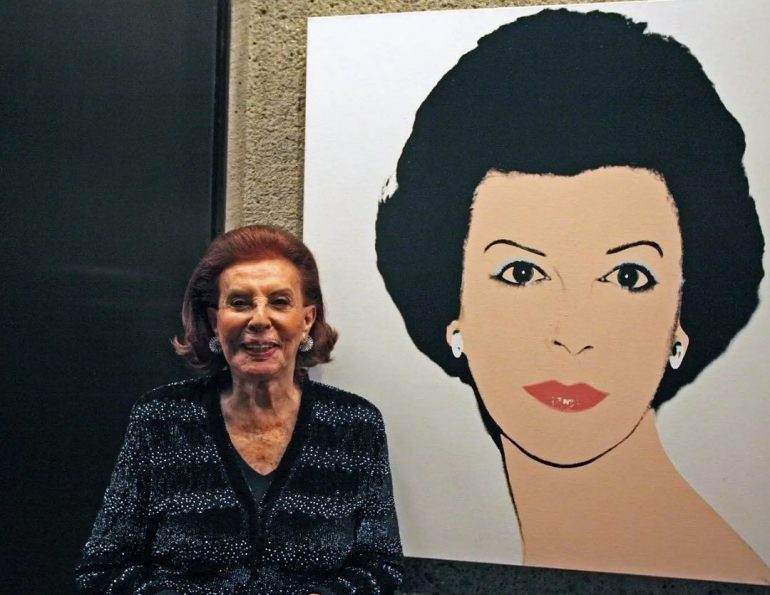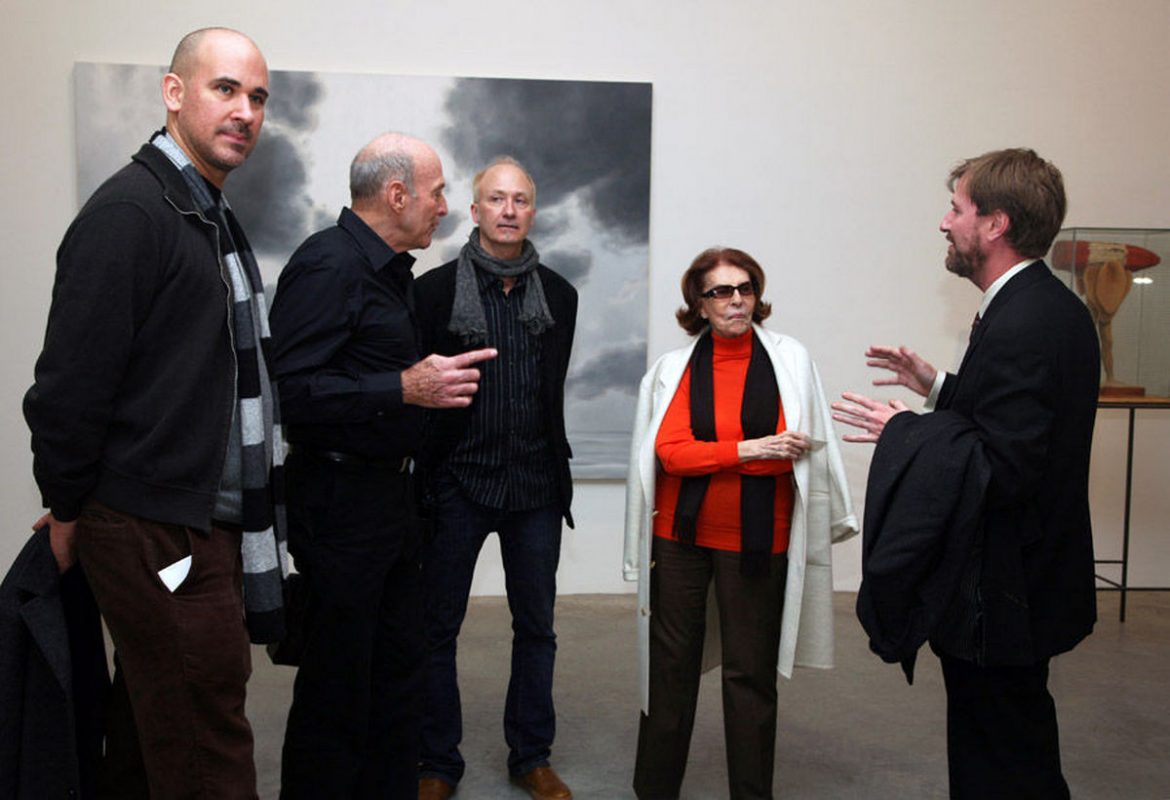Christie’s and Sotheby’s are the two pillars of the auction world but two warring pillars. With the art market in a downturn, the iconic auction houses are locking horns over the Estate of Emily Fisher Landau. For those unaware, Emily Fisher Landau was a noted art collector who died in March at 102. The real prize, the Fisher Landau estate, is set to fetch up to a whopping $500 million. Per the Artnet Intelligence Report, Sotheby’s, Christie’s, witnessed a 51 percent dip in total sales year-over-year.

Fisher Landau could change all that significantly. Emily Fisher Landau owned one of the premiere contemporary art collections in the U.S. Her coveted collection included celebrated names like Mark Rothko, Georgia O’Keeffe, Cy Twombly, and Andy Warhol, who famously did a silk screen portrait of Fisher Landau. With 1,500 works, she gave the world an excellent dose of art at the Fisher Landau Center for Art.

Alzheimer’s disease didn’t allow the art lover to continue pursuing her dreams, and Landau closed her private museum in 2017. We will have to wait for which side will emerge a winner with the late collector’s estate.

Who was Emily Fisher Landau?
This New Yorker changed the world of art for the better, owing to a jewel heist in her home in 1969 and Lloyd’s insurance settlement. It resulted in becoming America’s premier collection of contemporary art, open for admiration to the public in the Fisher Landau Center for Art, a repurposed former factory in Long Island City, Queens. She said, “I decided that I didn’t want the jewelry anymore. I now had seed money for a collection, thanks to the insurance settlement.” She added, “What I really wanted to buy was paintings, so probably the theft was one of the best things that ever happened to me.”

By the 1980s, she was a permanent fixture in the art world. Her first big art purchase was in 1968- a three-foot-tall Alexander Calder mobile. The art enthusiast carried the artwork to her apartment like a Christmas tree. “She typifies pre-2000 collectors who made an avocation out of refining their collections,” New York dealer Barbara Gladstone told the Times. “She was not just buying because it would go up in value. That’s a wonderfully old-fashioned tradition”.

